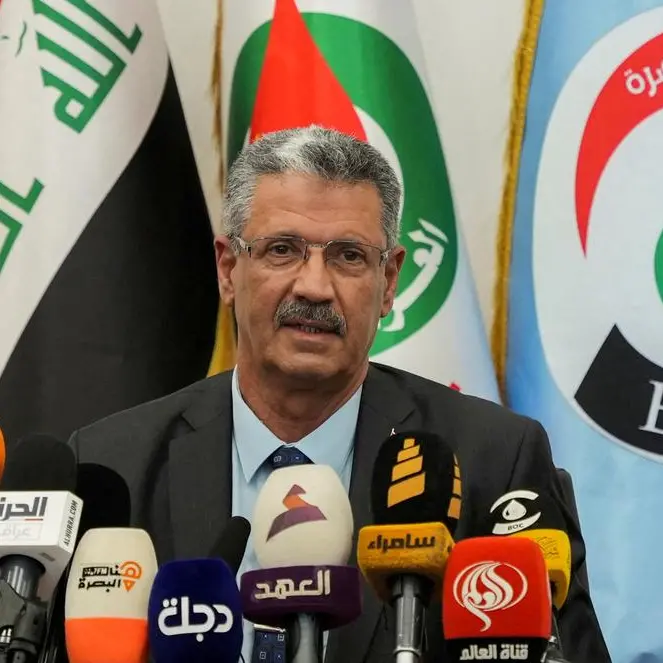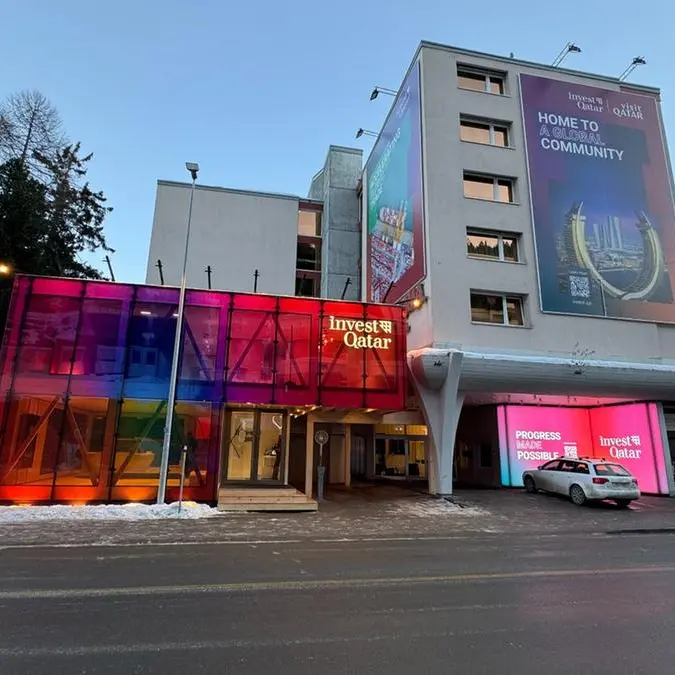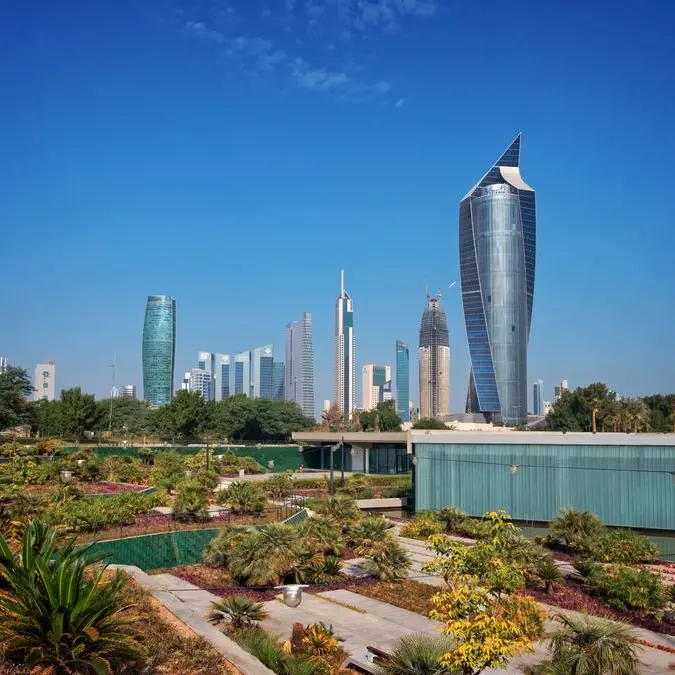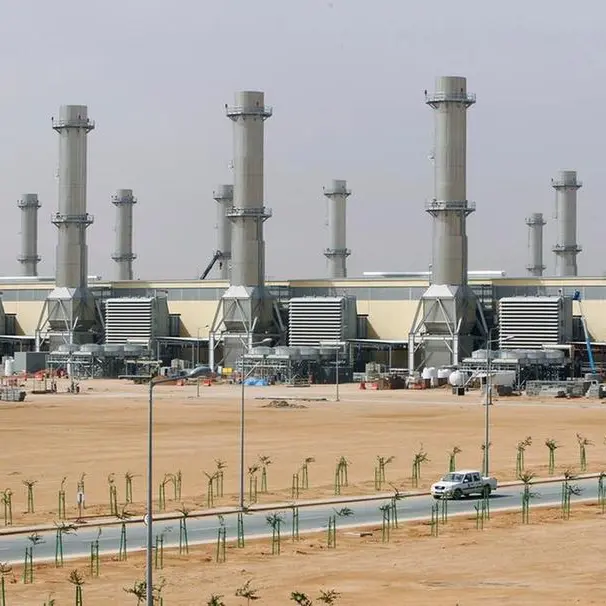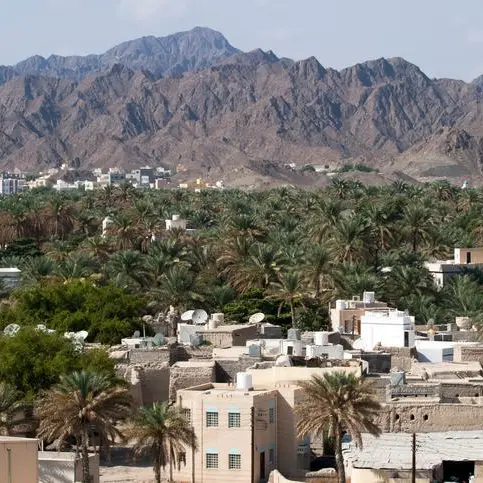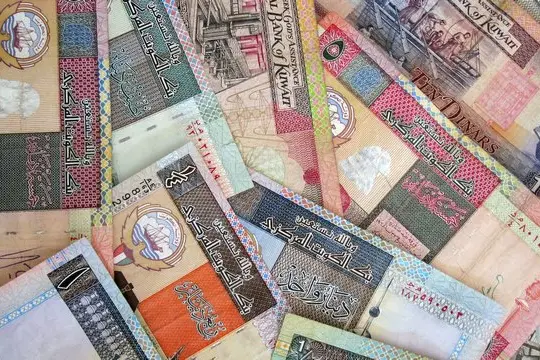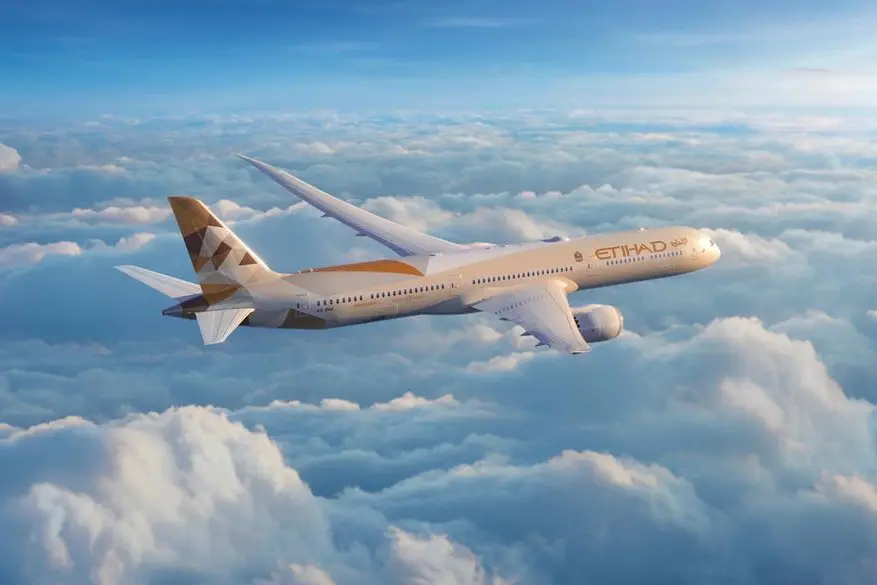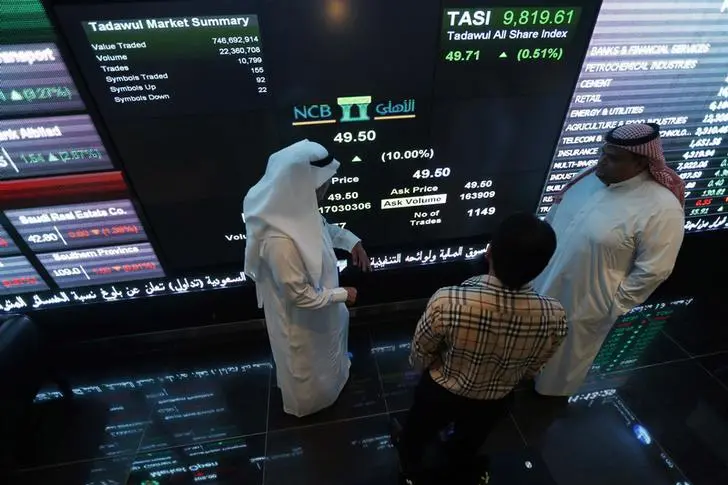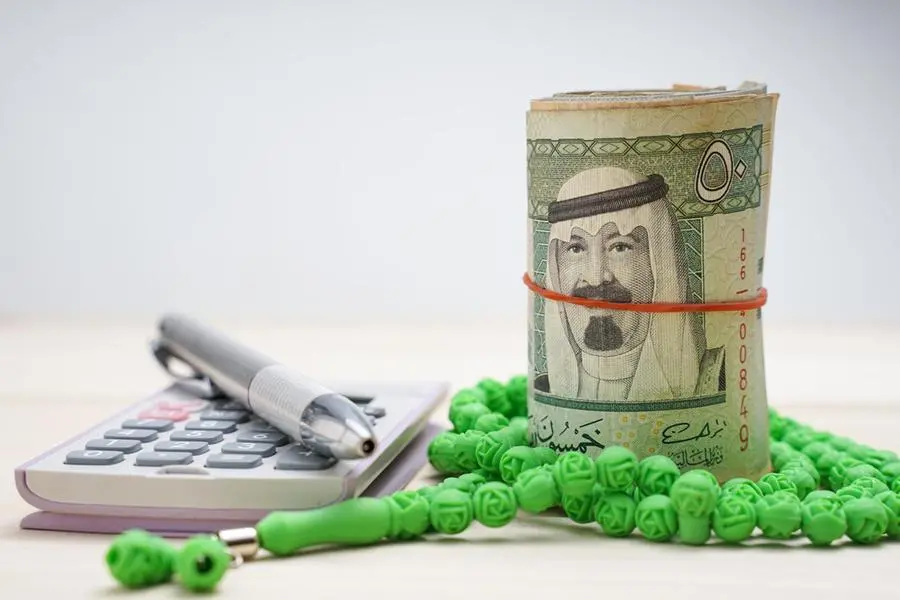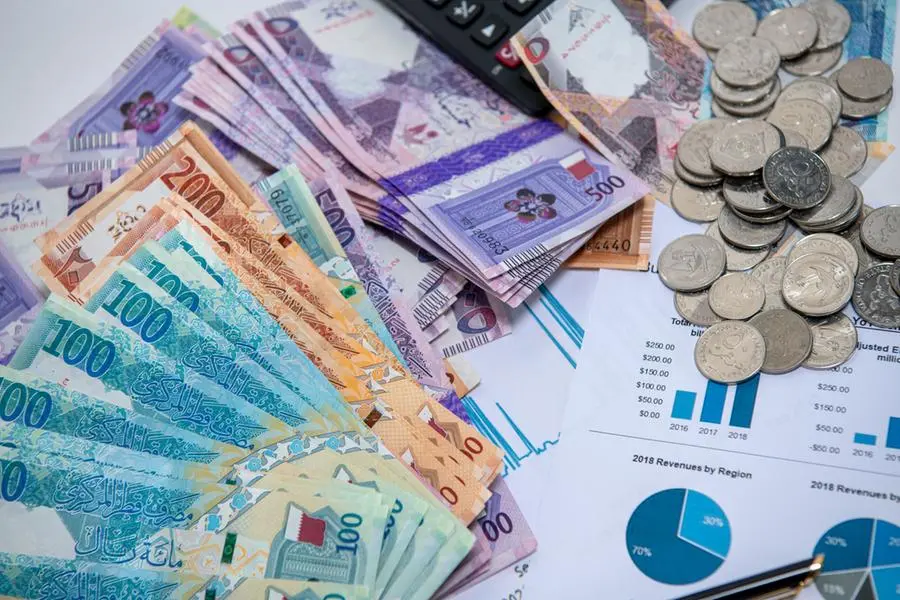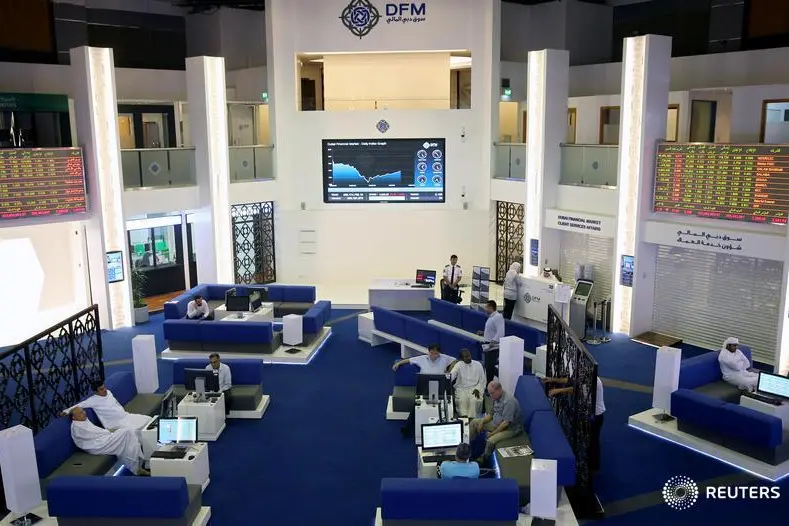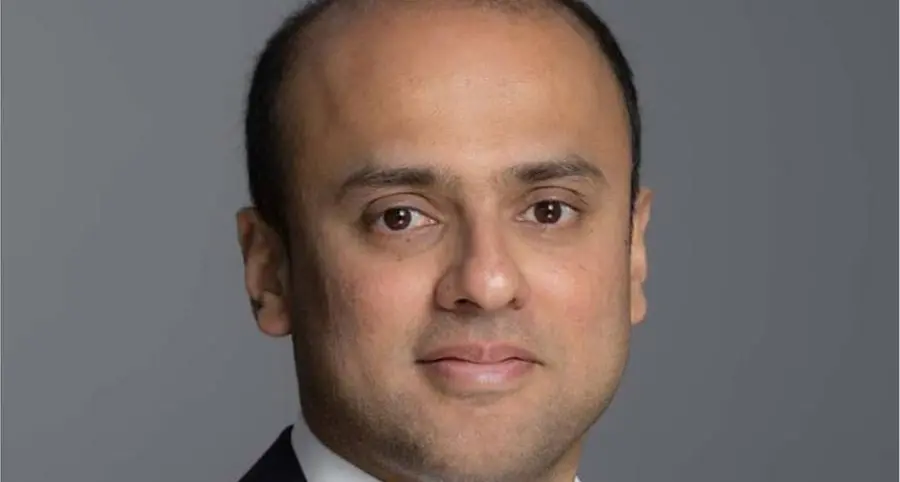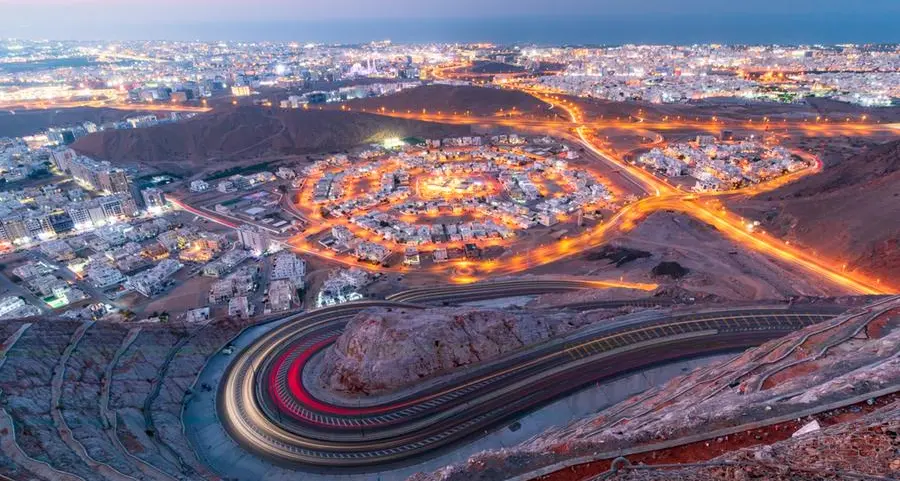According to an International Energy Agency report, global electricity demand is expected to reach 32,000 TWh (terawatt hours) in 2035, reflecting a growth of about 70%. The report suggests that electricity demand in the Middle East will rise by 3.1% per year in the same period. However, the increase in year-on-year demand in the GCC is much higher than this long-term projection.
Speaking at the opening of the Power-Gen and Water World Middle East 2013 conference and exhibition last month, the Minister of Energy and Industry HE Dr Mohammed bin Saleh Al-Sada, said that the biggest challenge for this region was to plan ahead and execute energy infrastructure projects to keep pace with economic growth. In Qatar the onus of this great responsibility falls squarely on the shoulders of Qatar Electricity & Water Corporation or Kahramaa, the provider of water and electricity in the country.
Speaking exclusively to Qatar Today about this huge responsibility, the President of Kahramaa, H.E Eng. Essa bin Hilal Al-Kuwari, says that Kahramaa has already taken that vital step and will be formally announcing a Memorandum of Understanding with Qatar Foundation (QF) whereby QF's Solar Smart Grid Project Connectivity will be granted approval to connect to Kahramaa's main grid.
"Approvals shall be for all photovoltaic solar systems in QF that will be connected to the Energy Monitoring Centre (EMC)," says Al-Kuwari. Though the amount of the energy produced will be minuscule, Al-Kuwari maintains that it will be a step in the direction of renewable energy solutions for Qatar.
QF has developed the country's first polysilicon plant for the production of photovoltaic cells to harness solar energy. "This plant will support the development of a self-sustained domestic solar energy sector," he adds.
About his huge responsibility being at the helm of Kahramaa, Al-Kuwari says: "Kahramaa is the provider of two vital necessities for the country. It is a great honour and an opportunity to lead the country's first utility and to develop its strategy to meet the growing demand caused by the unprecedented expansion in the country."
He says: "It is a job that comes with multiple challenges. We have to keep appraising and upgrading our technological facets, meet the booming country's increasing need for electricity and water, and also meet the Qatarisation targets within our departments. My priority is to balance all these, meet the challenges and take the organisation to international standards where we can benchmark our performance against others."
He adds: "My main concern is to bring Kahramaa closer to the customers. Listening to our customers is key to our success."
Meeting Demands
the volume of desalinated water produced in Qatar reached 332.8 million imperial gallons per day (MIGD); the forecast for 2012 - 2017 shows that Qatar needs an additional 2,000 MW of electricity capacity and 70 MIGD of water capacity, in addition to the 40 MIGD of water from the RO plant. So by 2017 Qatar water production capacity will be 442.8 MIGD for a 2,000,000 population living in Qatar.
Energy management
A Deloitte report entitled "Energy on Demand: The Future of GCC Energy Efficiency" shows that electricity consumption per capita during the period 2007-2035 in the GCC is likely to increase at an annual rate of 2.5%. As a result, GCC residents will soon emerge as world leaders in per capita residential electricity consumption. A large part of this increase is attributed to the needs of a growing population throughout the GCC and a significant 47% of energy consumption diverted into residential use.
Qatar, following the same pattern as the other GCC states, has a very high per capita consumption of electricity compared to global figures. On average, Qatari-and UAE-residents consume about 11,000 kWh of electricity per year, while UK residents consume 5,730 kWh and Indians 550kWh (World Bank figures).
These figures throw light on the importance of energy management.
Globally, most governments make the amenity expensive to inculcate a culture of conservation. But in Qatar, electricity and water are still free to the local population and available at a "modified" rate to certain industries too. How does Kahramaa handle this complex situation and manage its resources well?
Conservation is an obligation in Kahramaa, says Al-Kuwari and the corporation is going ahead with its goal of educating the population through a programme called "Tarsheed", a national campaign for the conservation and efficient use of water and electricity.
"So far we haven't felt any resistance in implementing the conservation ideas that Kahramaa has introduced through Tarsheed," he says, "Moreover, the people of Qatar are educated and they do understand the concept of sustainability."
Al-Kuwari says that most people want to be part of change and maintain a sustainable lifestyle, but they do not know how to go about it. "I think we, as Kahramaa, have to show them practical examples, provide them tools for conservation," he says.
Putting into perspective why the free availability of energy for nationals does not affect the sky-high consumption rates in the country, he says: "The average consumption of electricity and water by Qatari residents is about 14% of the 30% that the domestic sector consumes in a year; therefore, the impact of Qatari consumption is not huge considering the impact of other sectors like, commercial, tourism,
industrial and governmental."
Eng. Al-Kuwari agrees that selling water or electricity without subsidy will have an impact on consumption. However, the price of the service or product is not the only factor that affects consumption habits.
"We see an opportunity to improve figures for consumption per capita by restricting imports and replacing low-efficiency fixtures for electricity and water with high-efficiency equipment."
This will help in achieving Tarsheed's targets to reduce the average per capita water consumption (measured in cubic metre per person per year) by 35% in five years, and will decrease the average per capita electricity consumption ( in kWH per person per year) by 20% in five years, he says.
One of Tarsheed's successful projects in the first year, according to Al-Kuwari, was getting the approval of Permanent Committee of Water Resources on using treated water for golf course irrigation and district cooling instead of drinking water in 2013.
The fact that drinking water was initially used to water golf courses illustrates how sustainability is not an ingrained culture in the region. It is therefore even more encouraging to notice the positive trends that such organisations' have put forward.
Renewable projects
Kahramaa is equally involved in government's initiatives to reduce the country's carbon footprints according to Al-Kuwari.
"We have started an initiative to build a solar plant of 200 MW. It will not be one big project but will be divided into smaller plants. We are in the tendering stage of the pilot project that will supply the first 10 MW. After we study the results of this pilot project we will go forward with the large-scale project. So by 2020, we should reach our goal of achieving 200 MW of power from solar energy, which is equivalent to 2% of Qatar's installed electricity capacity.
"This project is designed to respond to Kahramaa's power needs inside water pumping stations during emergencies."
But this is not the only project, clarifies Al Kuwari.
"We are encouraging our partners in the private entities to build their own solar panels and use their facilities to produce energy. QF already have their own projects and they are producing their own electricity, and this feed will be connected to the Kahramaa grid in the next few months," he says.
In Qatar, the large technical potential for sustainable energy is from the direct sun. Studies have resulted in identifying four different sources of solar energy: solar photo voltaic (PV), concentrating solar power (CSP), concentrating solar-high-temperature heat for industries, and solar-thermal-low temperature heat for buildings.Kahramaa's sustainable and alternative energy vision for the coming five years is to make alternative energy competitive and profitable, says Al-Kuwari.
"Based on that, I would like to highlight the great potential related to renewable energy, energy efficiency, and low-pollution technologies. And as long as we are studying some incentives to encourage investment in this sector, for example feed-in tariff, we are willing to discuss investment opportunities and ventures in such business ventures that provide profitable inputs in this sector," he says.
A surplus of resources
Al-Kuwari is proud of the organisation's achievements over the years but the one thing he is most proud of is that the country has not had to put any project on the back burner due to a lack of resources, water
or energy.
"Some of the neighbouring countries have had to put a hold on certain projects as they did not have enough energy for completion of the projects. We now have a surplus of energy and can even take on more due to this surplus. So Kahramaa can support and keep pace with the fast developments that the country is making and will be able to do so for a larger period of time too," he says.
Water woes and solutions
In a country with no water resources except for the salty sea water, the scene does look quite bleak.
But even in the face of this situation, Al-Kuwari and Kahramaa are quite positive. The solution for water scarcity in the region is to use efficient technology to produce more water with less harm to nature and environment.
"Qatar is on the right path as we are interested in investing in new technologies," says Al-Kuwari. "Part of the solution for water scarcity in Qatar is to increase our strategic reserves of water by adopting two main strategies. Firstly, by increasing the water reserves of the country (and this is already in process by increasing reserves to seven days instead of the current two) through mega reservoir projects in Duhail, which will soon be inaugurated, in addition to other strategic water reservoir projects. The second is by injecting clean treated water into the underground water to feed the Qatar aquifer," he says.
Seawater is the main source of the desalinated potable water in Qatar, as natural water resources are very scarce in the country and have been exhausted over the years by irrigation and domestic use. The remaining under-surface water is used as a strategic reserve for the country. Are there no alternatives to the desalination process?
"Actually, Qatar and most of the GCC countries are using combined cycle power and desalination plants to generate electricity and desalinate water," says Al-Kuwari. "Through this technology power generation use the exhausted heat for water desalination through evaporation process."
In Qatar all plants are natural gas-fired, as a step to use less harmful fuel for the environment. As an alternative desalination solution, he says,"Kahramaa is in the process of using another desalination technology called Reverse Osmoses (RO), which consumes less energy and can be constructed as a stand-alone plant without being combined with power generation plants.
"Also, solar energy will be used as an integrated part of the energy mix used in the RO plants. The door will be left open for better sustainable solutions for power generation and water desalination," he says.
Tarsheed
National Campaign
This is one of the pioneer initiatives conducted by Kahramaa in April 2012 under the patronage of HH Sheikh Tamim bin Hamad Al Thani, the Heir Apparent of Qatar. This comes within the scope of Kahramaa's corporate social responsibility.
"Actually, we didn't face any difficulties in getting public acceptance of Tarsheed and conservation issues," says Al-Kuwari, "as the Tarsheed campaign comes within Qatar's religious and cultural scope, as Islam calls for saving resources and not abusing Allah's gifts. Tarsheed is becoming very popular as it is recognized by many key players in Qatar.
"We are looking to improve the campaign in the second year. Water is vital for Qatar's sustainable development agenda; so far we think Tarsheed's national campaign, will be a helpful tool in controlling water use in the country, as its goal in five years is to reduce the average water consumption by 35% and reduce average electricity per capita consumption by 20%," he says.
© Qatar Today 2013

